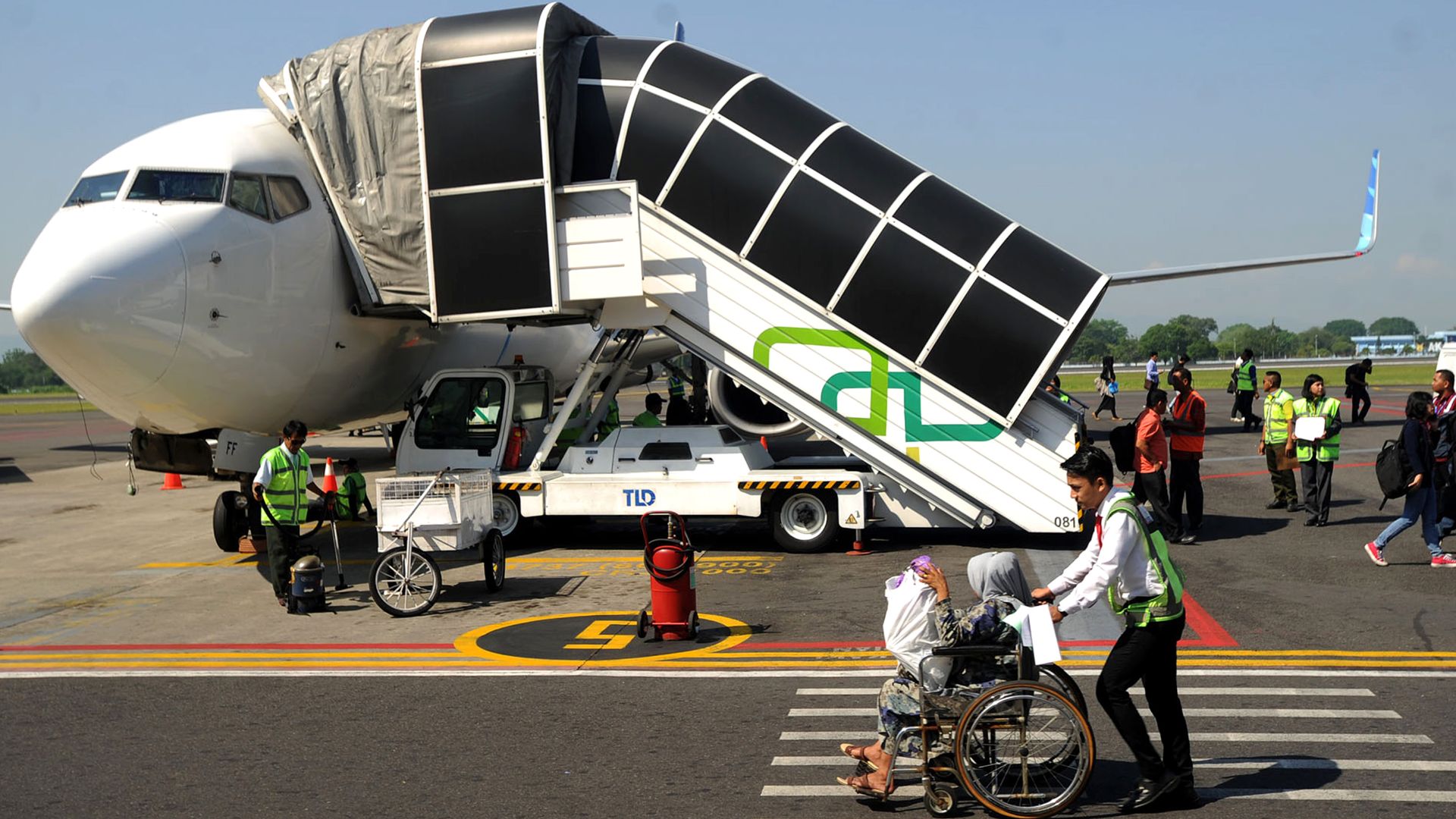Ever notice how airports seem designed to challenge even the most agile travelers? Now imagine navigating those sprawling terminals when your knees ache and technology baffles you. Seniors face a triple threat at the airport, so let's see how these spaces create unexpected barriers for older travelers.
The Marathon Of Movement
Modern airport design creates significant mobility challenges for seniors. Long walking distances between terminals, gates, and amenities can be exhausting for older travelers, especially those with mobility issues. Many seniors find themselves facing lengthy treks through sprawling concourses, usually without adequate rest areas along the way.
Long, steep ramps can be particularly draining for wheelchair users or those with walking aids. The physical toll begins before even boarding, as seniors navigate from drop-off areas through check-in, security, and to distant gates, often hauling luggage along the way.
Airports frequently treat senior travelers as an "ignored and invisible" population, despite their growing numbers and specific needs. Several older adults have both the means and desire to travel, yet airports remain poorly equipped to accommodate their requirements.
This neglect manifests in practical ways: inadequate seating areas, bathrooms spaced too far apart, and insufficient assistance for those who need it. For a senior with arthritis or balance issues, these design flaws aren't merely inconveniences—they're barriers to travel independence.
Technological Troubles
The rapid digitization of airport procedures creates another layer of difficulty for many seniors. From digital boarding passes to automated check-in kiosks and app-based navigation, the aviation industry often expects travelers to adapt to new technologies faster than is comfortable for older individuals.
Many elderly passengers experience significant anxiety related to airport security procedures. The stress of remembering various requirements—removing shoes, separating liquids, managing electronics—can be overwhelming.
Special accommodations are available for such folks, but many seniors are unaware that they can keep their shoes and light jackets on during screening. The constant technological changes mean yesterday's learned process might be obsolete by the next trip.
Even airport announcement systems pose challenges. Seniors with hearing impairments often struggle to understand gate changes, boarding calls, or emergency information broadcast over loudspeakers at terminals.
Service Gaps And Solutions
While assistance services exist, they're inconsistently applied. People requesting wheelchair assistance frequently face long waits or find themselves dropped at gates without support to reach restrooms or concessions. Pride sometimes prevents older travelers from asking for the help they need, viewing assistance as an admission of weakness rather than a practical service.
Fortunately, airports are slowly adapting. Forward-thinking facilities are implementing improvements like widened walkways with handrails, priority lanes, shortened walking distances, and more intuitive signage. Some are exploring technology-driven solutions like autonomous wheelchairs to help seniors navigate independently. The human touch matters too.
The best airport designs go beyond merely meeting minimum accessibility requirements, crafting environments everyone can use regardless of age or ability. When airports prioritize inclusivity, with features like frequent rest areas, clear wayfinding, and consistently available assistance, they go from stressful obstacles to gateways that welcome travelers of all ages.









